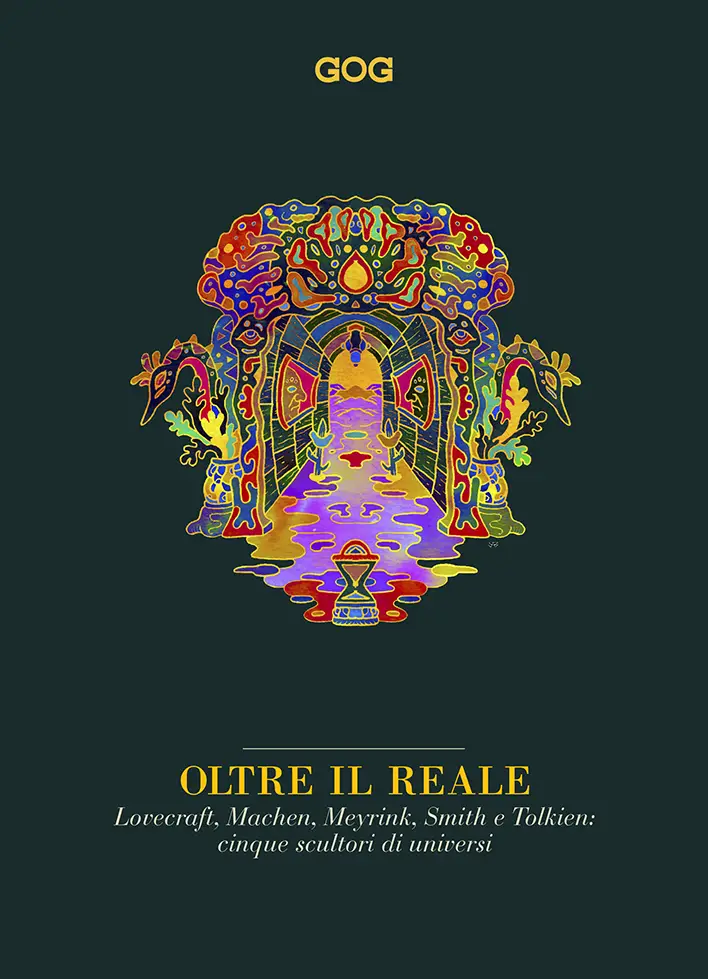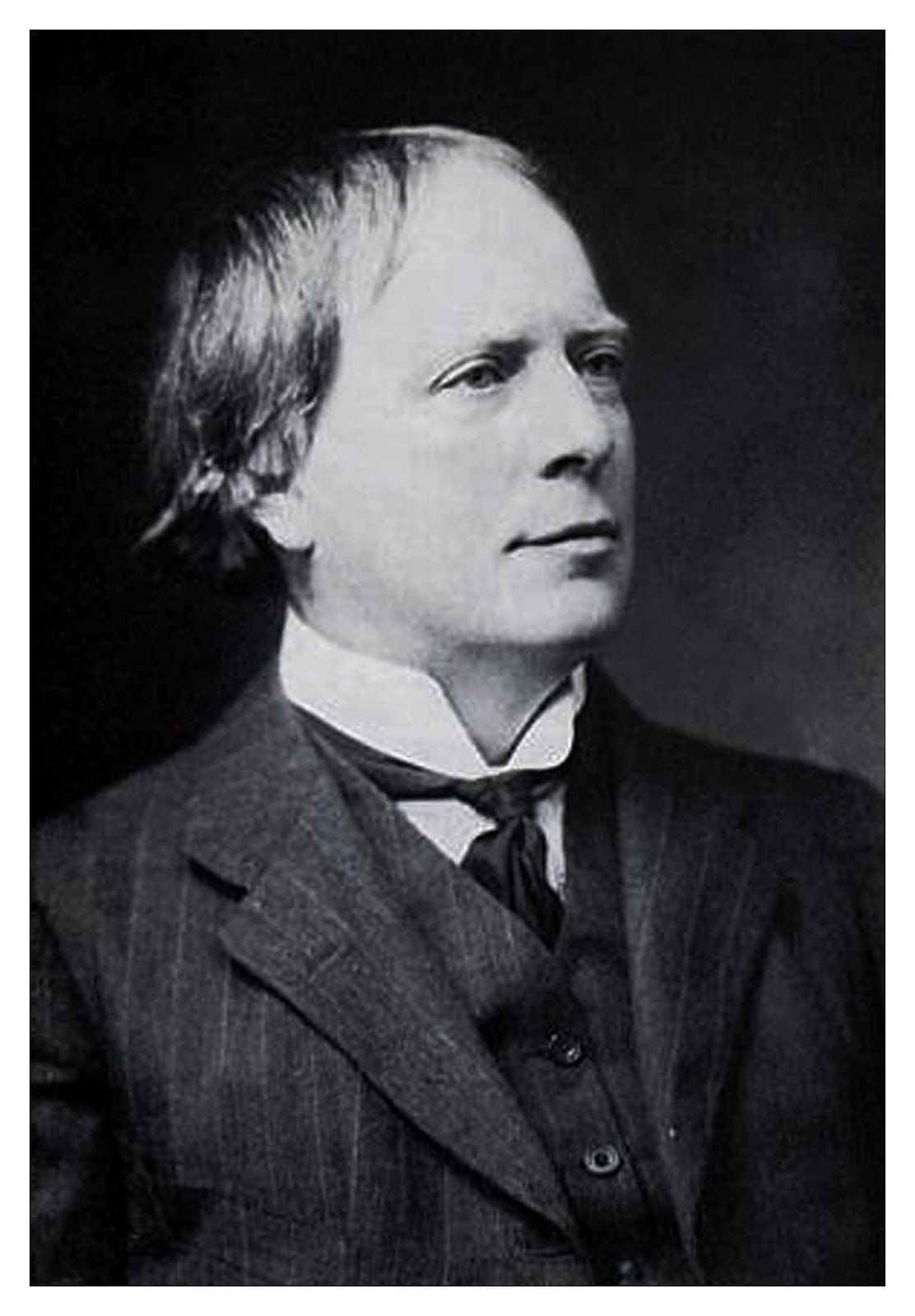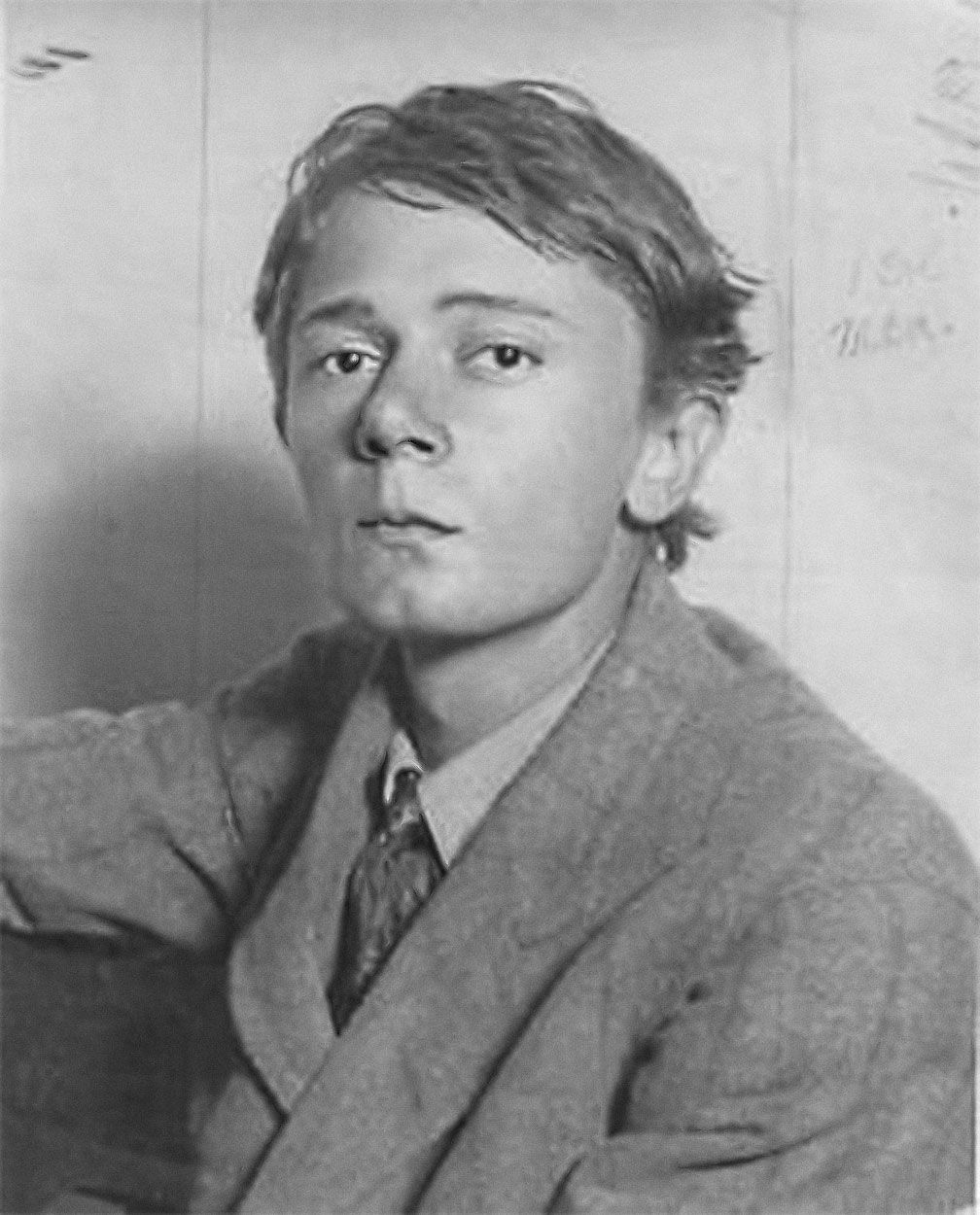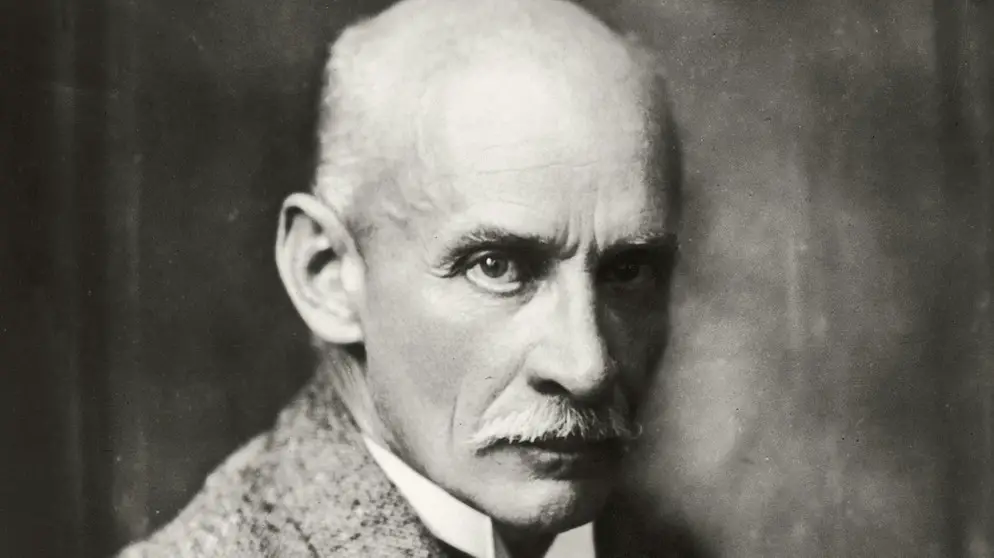Fantastic literature is still barely regarded by too many as paraliterature; "Beyond the Real", the new volume published by GOG edizioni helps us to affirm the opposite, analyzing the work of five of the most important authors of the genre from the end of the XNUMXth century to today: Lovecraft, Machen, Meyrink, Tolkien and Ashton Smith.
di Marco Pelagatti
cover: “Bocca dell'Inferno”, illustration taken from a XNUMXth century “Book of Hours”
It may seem odd to have to say the obvious. Of course, unless what seems obvious, palpable, incontrovertible to us, is denied. Virtually always the genres pink, yellow and fantasy have been ostracized by the sacred temple of high culture, of high literature; written and read by people who are worth little. Unworthy of the Nobel or any literary prize, unworthy even to be considered literature, paraliterature precisely. The thesis that we will try to prove here is that it only exists la literature, which may be high or low, of course; but it will depend on the value of the work and the author, certainly not on the gender. If then it happens that Eco writes The Name of the Rose and someone point out that it is yellow, of course, it will be also thriller, but above all historical novel.
The defense of pink and yellow will be left to others, while here we will focus on that of literature of the fantastic in its various forms, from fantasy to speculative fictions passing through the (folk-) horror. For this purpose we will refer to Beyond the Real, the beautiful book recently published, published by GOG edizioni and edited by Lorenzo Pennacchi, in which five sculptors from universes are portrayed, who lived between the end of the nineteenth century and the first half of the twentieth century [1]: Howard Phillips Lovecraft, Clark Ashton Smith, John Ronald Reuel Tolkien, Arthur Machen and Gustav Meyrink.

The voice is like that of a newborn bitch,
but she is a fearful monster, none
he might have joy to see her, not even a god, if he meets her.
The feet are twelve, all invisible:
and he has six hills, very long: and on each one a head
to be frightening; in the mouth in three rows the teeth,
thick and tight, full of black death. [2]
Thus Homer describes Scylla. And it is considered very unlikely that anyone would want to deny literary dignity toOdyssey. It is therefore appropriate to meditate on the genealogy of the genus, starting from myth, the first tale of humanity. The roots of contemporary fantastic literature can be traced in the mythologies that for millennia, in different places and times, have enriched the collective imagination. Just to name a few: theIliad,Odyssey andAeneid; theEpic of Gilgameš and Mahābhārata; theEdda by Snorri, the B, Mabinogion and the Arthurian cycle. Solid material, but dated, unrepeatable? Still, the literary value of what it is beyond the real it does not end in myth alone.
Think of those works in which the authors look for other worlds, alternative or rather complementary to ours: from Republic and Read di Plato atUtopia by Tommaso More, from City of the Sun di Tommaso Campanella to the New Atlantis of Bacon, not a geography of the nonexistent but aanti-geography of the existing, as stated by Giuseppe Dematteis [3]. And what about the selenites of Luciano of Samosata, or Jonathan Swift's Lilliputians? Do you forget how much the fantastic permeates the works of Boiardo, Ariosto and Tasso? Does anyone really believe that Dante Alighieri provided the account of a real trip to the Comedy? The lost paradise di Milton is it perhaps a reportage? Who does not remember that Astolfo goes to the moon with the hippogriff to recover Orlando's sense?
In the romantic period i Grimm brothers recover the tales of the hearth, Mary Shelley writes Frankenstein, ETA Hoffmann its Nocturnes. And the Dracula di Bram Stoker? It could go on for a long time because the dimension of the fantastic has permeated human life from time immemorial and in heterogeneous ways. After all, as he claims Adriano Monti Buzzetti in the Afterword of Beyond the Real, quoting Gianfranco de Turris [4], you can see in the fantastic "the continuation of reality by other means" [5]. Splendid paraphrase by Carl von Clausewitz, perfectly functional to our discourse: both the writers of the fantastic, as understood above, and the readers, can be (and often are) great authors and educated and attentive users.

And so we come to our five "sculptors of universes ". You can also start from the fund, from the bibliographies of the various essays. Where is it Yes they can find gentlemen like Mircea eliade, Tzvetan Todorov, René Guénon, Elémire Zolla, Jorge Luis Borges: if this is not Culture with a capital "c" where can we find it? And yet let's go and examine the sources of our authors anyway.
Let's start, and it counts as example, with the essay by Marco Maculotti su Do, what about The great God Bread who loves Deus Nodens the "demon-god worshiped by Roman troops" [6]. Machen draws on Deus Noddyns, the Gaelic "God of the Abyss"; to Bread, which is (at least in origin) Greco-Roman. Machen speaks of the Grail [7], studia from a young age books on the occult, assimilate the Celtic and pre-Celtic genealogies of the British Isles, of mysterious beings and magical, like the Tuatha De Danann. Contrast materialism, perhaps even Darwinism, by imagining the return to chaos, to the pre-formal, the so-called protoplasmic regression. As it observes Jacques Bergier [8]:
« The human body is the junction point of mechanical forces linked to matter and other, intelligent ones, born in areas of the universe that we are unable to perceive. Ignoring the genetic code, Machen sensed that life, three billion years old, hides ancient powers whose manifestations can be terrible. […] Under the effect of imprudently unleashed forces, man retreats on the evolutionary ladder, returning to an original mixture, to the "primordial soup" of which materialists like Haldane spoke fifty years later and of which they still speak today. Those who travel this road of no return can encounter monstrous forms unknown to biologists, who gave birth to all the legends of devils and demons. »
How not to see behind it Anaximander, so the world will return toapeiron who generated it? Perhaps, at least sketchy, an eternal Nietzschean or Eliiadian return. How not to perceive in the substratum of Machenian work, in fact, the denial of evolutionism, given that the hypothesis is insinuated that it could also go back? Others, illustrious, had already made fun of magnificent and progressive. Furthermore, Machen instills in his works what was known about human races: just think of the origins Turanic [9] of the peoples before the Celts and their marriages (almost always forced) with women, the daughters of men. Machen has a background culture, a Weltanschauung and the desire to manifest it. You have something to tell us, even today.

Almost the same could be said of the sources of Clark ashton smith. At the basis of his work, as he highlights Francis La Manno, we can find «Greek mythology, esotericism, decadence, i Myths of Cthulhu and the theosophical theories of Helena Blavatsky " [10]. Smith translates Baudelaire; in his work he uses artifices as one pseudobiblion [11] and refined symbolism. Thus Lovecraft refers to it [12]:
« He escaped the fetishes of life and the world and glimpsed the perverse, titanic beauty of death and the universe; using infinity to create their own backgrounds and recording with reverent awe the whims of suns and planets, gods and demons, and blind amorphous horrors that haunt gardens of polychrome fungus »
And he also knows his compatriot and (almost) contemporary Robert E. Howard, both masters of sword and sorcery. Incidentally Howard is the stone guest of Beyond the Real, insinuating itself into almost all essays, so much so that it would be advisable to recommend authors to treat it in a future book. And what about Meyrink? "tantrism and Yoga - he writes Robert Cecchetti - as well as the esoteric wisdom of Jewish mysticism sure alchemical hermeticism represent the substratum continuously present as a karst river in Meyrink's writings " [13].

In conclusion, the authors of the fantastic can be and are very different from each other, as basically happens for all eras and genres (think of the Leopardi-Manzoni and Pascoli-D'Annunzio couples, just to understand). They can be basically optimistic and confident, like Tolkien , made invulnerable by his granite Catholic faith [14], or tend towards nihilism-pessimism as Lovecraft, if we are "waiting for the Great Cthulhu to return to claim his share, when the stars are finally aligned" [15]. In short, think of it as you like, but - holy peace - they are authors.
So Buzzetti [16]: "With the eclipse of fantastic reality […] the lost universe of legends definitively changes address; no longer an immanent presence, albeit shy, in human history, but a place of the mind and heart to be sought precisely "beyond" that Real that ousted it, in an alternative plane of being to be explored with the aid of adequate tools to overcome the flat horizon of verisimilitude ", often with very high artistic, philosophical and literary results. They are authors, and they can be great authors. Sometimes even Masters.

Note:
[1] With the partial exception of Tolkien who died in 1972.
[2] Odyssey, 12th Book, vv. 86-92, translated by Rosa Calzecchi Onesti.
[3] Giuseppe Dematteis, The metaphors of the earth. Human geography between myth and science, Feltrinelli, 1996.
[4] Gianfranco de Turris, Introduction to Jacques Bergier, Praise of the fantastic, P. 14.
[5] Adriano Monti Buzzetti Beyond the Real: fantastic literature between magic and modernityin Beyond the Real. Lovecraft, Smith, Tolkien, Machen, Meyrink: five sculptors of universes, GOG editions, Rome 2020, p. 198.
[6] Marco Maculotti, The Fair Ones, Atavism and "Protoplasmic Regression": Arthur Machen's Panic Mythopoiesisin Beyond the Real, p. 128.
[7] Ibid, p. 117, note 4.
[8] Ivi, p. 135.
[9] Ivi, p. 121.
[10] Francis La Manno, Clark Ashton Smith and decadence, in Beyond the Real, p. 52.
[11] Ivi, p. 57.
[12] Ivi, p. 50.
[13] Robert Cecchetti, Gustav Meyrink. A dreamlike dialogue with the inner cosmos, in Beyond the Real, “Decantatore 157” (Presenze grafiche).
[14] Lorenzo Pennacchi, JRR Tolkien's ecological vision, in Beyond the Real, p. 89.
[15] Andrea Scarabelli, Howard Phillips Lovecraft, argonaut ofSomewhere elsein Beyond the Real, p. 43.
[16] Buzzetti, p. 191-192.

7 comments on ““Beyond the Real”, or of the literary dignity of the Fantastic"